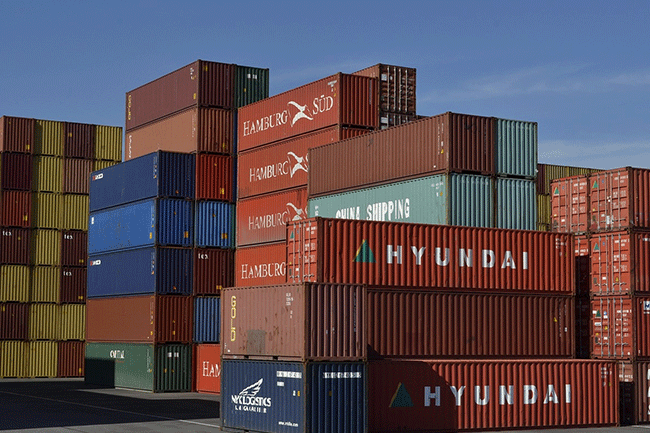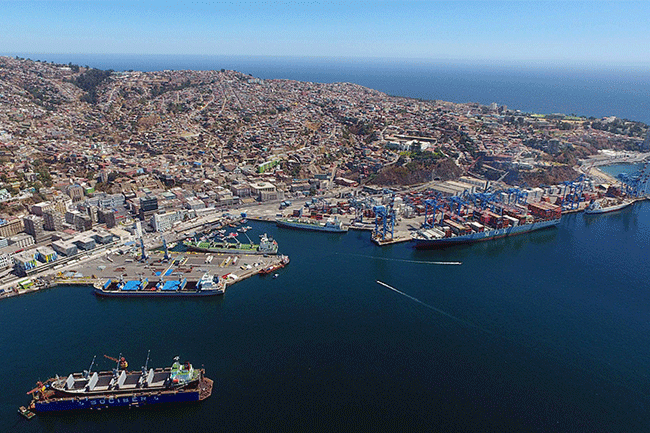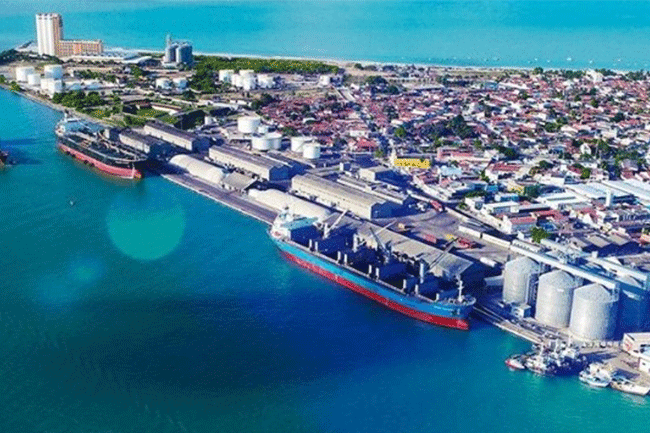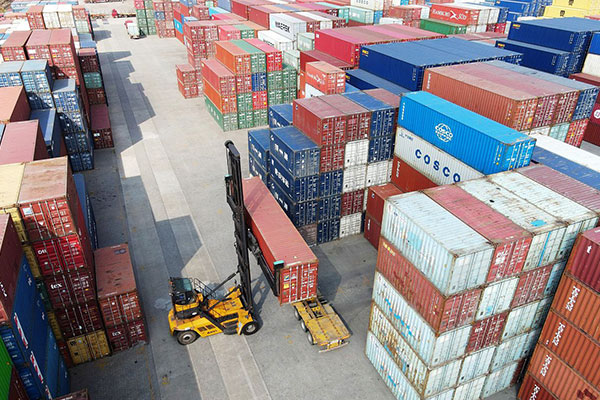- Shanghai Zhongshen International Trading Co., Ltd. – Your reliable partner with 20 years of import/export agency service expertise.

I. The China–Australia Coffee Trade Landscape and the Core Value of Agency Imports
In recent years, China’s coffee-consumption market has kept expanding at an average annual rate of 15%. Thanks to its premium Arabica-producing regions (e.g., Queensland and Victoria) and the tariff concessions under the China–Australia Free Trade Agreement (ChAFTA)—import duties on green coffee beans (HS 09011100) have already been cut to 0 %—Australia has become a key source of China’s coffee imports. However, Australia’s export quarantine requirements are tightening (e.g., the AQIS phytosanitary certificate is now mandatory),International LogisticsCost Fluctuation (2023Maritime transportFreight rates on the US West Coast route have dropped 60% from their 2021 peak, yet uncertainty remains), and domestic customs-compliance thresholds have risen (e.g., overseas food manufacturers must now complete registration in China), leaving companies that import on their own vulnerable to documentation errors and logistics delays,Convert foreign exchange into RMBMultiple challenges such as risks. ProfessionalImport Agent ServicesIts value lies precisely in integrating documentation, logistics, and compliance resources to reduce operational costs and risks for enterprises, enabling efficient customs clearance and rapid distribution.
II. Core Competencies of Import Agency: Professional Mastery of Documentation and Logistics
(I) Document Processing: The “Pass” for Full-Chain Compliance
The documentation system for importing Australian coffee must cover the three key stages of export, transportation, and import. Any error or omission in any of these stages may result in order rejection or demurrage (demurrage charges average approximately USD 200–500 per day per 20GP). Agents must focus on controlling the following documents:
- Outlet end: Commercial Invoice (must state Contract No., HS Code, Country of Origin), Packing List (detailing Specifications/Net Weight/Gross Weight), AQIS Phytosanitary Certificate (must bear the remark “free from quarantine pests such as the coffee berry borer”), Component Analysis Report (caffeine content, pesticide-residue test values);
- Transportation side: Ocean Bill of Lading (B/L; ensure a “clean B/L” to avoid bank refusal), Insurance Policy (under CIF terms must cover “All Risks plus Taint of Odor”);
- Inlet end:China–Australia Free Trade AgreementOrigin Certificate(Form F, eligible for 0% tariff preference), record certificate of the imported food consignee, customs declaration (must accurately declare the “intended use” as “direct sale” or “further processing” to meet regulatory requirements).
The agent’s professional competence is reflected in: ① pre-audit of document logic consistency (e.g., the deviation between the bill-of-lading weight and the packing list must be ≤3%); ② dynamic adjustment of document content (when customs questions the HS code, the agent can help provide a “coffee-bean roast-level test report” to support classification); ③ electronic declaration (submitted through the Single Window system, cutting clearance time to 1–2 working days).
(II) Logistics Services: End-to-End Optimization from Port to Warehouse
The mainstream shipping method for Australian coffee imports is sea freight (Melbourne/Sydney ports → Shanghai/Guangzhou ports, transit time approximately 18–22 days), with a small quantity of specialty beans shipped byAir freight(Brisbane → Beijing, 6–8 days). The agent must demonstrate professionalism in the following areas:
- Booking Space and Carrier Selection: Prioritize cooperation with leading carriers such as CMA CGM and Maersk (schedule reliability > 85%) to avoid the risk of container roll-over from smaller companies;
- Cargo monitoring: Real-time tracking via GPS + temperature-humidity sensors (optimal transport conditions for coffee beans: 18–22 °C, ≤60 % RH); launch the emergency plan (e.g., switch to a ventilated container) within two hours of any anomaly alert;
- Destination port operation: Complete the bill of lading switch (telex release or original B/L) 3 days in advance, coordinate the customs inspection (focusing on verifying “whether soil or live insects are concealed”), and arrangeTow truckDeliver directly to the customer-designated warehouse (door-to-door service supported);
- Cost control: Reduce costs for small-batch imports (<1,000 kg) via LCL consolidation, or lock in volume rates with FCL; overall logistics costs drop 15–20 % compared with in-house handling.
III. Handling Special Scenarios: VTB’s Advantages in FX Settlement for Russia-Related Business
Some companies may involve Russia when importing Australian coffee.Re-export Services(e.g., distributed to CIS countries via Moscow), or sign a tripartite contract directly with Russian buyers. In this case, choose VTB Bank (Russiaforeign tradeBanks) acting as settlement banks can significantly improve foreign-exchange settlement efficiency:
- Policy Adaptability: VTB is one of Russia’s primary clearing banks, well-versed in China-Russia cross-border payment rules (e.g., CIPS system integration) and able to circumvent SWIFT-sanction risks;
- Exchange Rate Lock - in: Provide spot/forward foreign-exchange settlement services (hedging up to 180 days), helping companies hedge RUB/CNY volatility (in 2023 the RMB fluctuation range against the ruble reached ±12%);
- Efficiency of document review: VTB on "back-to-back?L/C?"Back-to-Back L/C processing is 30% faster than conventional banks, making it especially suitable for document continuity in re-export trade.
IV. A Step-by-Step Guide to the Import Process: 9 Critical Stages from Inquiry to Feedback
1. Client Consultation: Needs Assessment and Service Boundary Confirmation
The agent must collect the following information through a questionnaire: import volume (monthly/annual), coffee type (green beans/roasted beans/instant powder), HS code (green beans 09011100/roasted beans 09012100), destination (need to confirm whether it is in a special supervision area such as a free-trade zone), customs-clearance mode (general trade/Cross-border E-commerce). It is simultaneously clarified that product-certification services (e.g., AQIS registration in Australia, SC licensing in China) are not provided, but assistance in verifying supplier qualification documents (such as the China registration number of overseas manufacturers) is available.
2. Negotiation & Contracting: Clause Review and Risk Coverage
Focus on reviewing the “quality clause” in the contract (e.g., “defect rate ≤ 2%” must be accompanied by inspection standards), “payment terms” (T/T 30% deposit + 70% on arrival is more flexible than L/C), and “l(fā)iability for breach” (demurrage/cargo-loss sharing ratio). The agent must add a “l(fā)iability exemption clause for customs-clearance delays caused by document discrepancies,” while committing to full compensation for losses resulting from its own operational errors.
3. Orders & Payment: Fund Security and Exchange-Rate Management
Assist companies in selecting payment instruments: for small amounts (USD 100,000), advise L/C (letter of credit) and request a "confirming bank" (e.g., ANZ) to mitigate the credit risk of the issuing bank. Simultaneously provide "foreign-exchange hedging" advice (e.g., spot rate 6.95, lock the three-month forward at 7.00 to hedge against CNY depreciation risk).
4. Production Oversight (if applicable): Specification Conformance Assurance
For customized procurement (e.g., “l(fā)ow-caffeine green coffee beans”), the agent may commission a third-party body such as SGS to station inspectors at the factory during loading, verify indicators such as “moisture content ≤ 12 %” (international standard) and “impurity rate ≤ 0.5 %”, and issue a “Loading Supervision Report” as the basis for payment.
5. Logistics Management: End-to-End Control from Loading to Arrival
After loading, obtain an “On Board B/L” and simultaneously arrange insurance with the insurer (under CIF terms). During transit, push the logistics status daily (e.g., “Vessel position: South Pacific, ETA Nov 15”). Complete the “manifest pre-filing” (AMS) 24 hours before arrival to avoid customs holds.
6. Customs Compliance: Accurate Operations in Declaration and Duty Payment
According to the Regulations on the Completion of Goods Declaration Forms of the Customs of the Peoples Republic of China:Import and exportRegulations on Cargo Declaration require the submission of the “customs declaration form + accompanying documents” (10 categories in total), with special attention to “country of origin” (Australia must be marked as “Australia”), “trade term” (FOB/CFR/CIF), and “dutiable value” (freight and insurance must be included). The tax-payment stage supports “collective taxation” (for enterprises importing more than five shipments per month), shortening customs-clearance time.
7. Delivery & Distribution: Flexible Solutions for Last-Mile Delivery
Provide “warehouse-to-warehouse” or “warehouse-to-store” services according to customer needs: large-volume shipments (>20 t) are delivered to regional hub warehouses (e.g., Shanghai Waigaoqiao Bonded Warehouse), while small batches (<500 kg) are shipped directly to stores via JD Logistics or SF Cold Chain (temperature control: roasted beans ≤25 °C, green beans ≤20 °C).
8. Quality Assurance: Arrival Inspection and Issue Handling
Assist the customer in unpacking and inspecting the goods, verifying “quantity (tolerance ≤2%), packaging (no damage/water stains), and sensory condition (no musty odor/insect damage).” If cargo damage is found (e.g., clumping caused by sea moisture), the agent can help initiate a claim against the carrier/insurer (the Damage Report must be submitted within 3 working days after arrival).
9. Summary & Feedback: Data Accumulation and Optimization Recommendations
Provide the "End-to-End Import Report," including key figures such as "document-processing lead time (avg. 3.2 days), logistics cost ratio (18.7%), customs-clearance lead time (2 working days)," and offer optimization recommendations for the next import (e.g., "increase the FCL proportion to cut logistics costs").
V. Customer Notice: Certification Matters and Risk Disclosure
When importing Australian coffee, please note the following certification requirements (the agent does not provide application services):
- Exporter: Export of green coffee beans from Australia requires a phytosanitary certificate issued by AQIS (Australian Quarantine and Inspection Service); roasted beans must be accompanied by a “Declaration of Non-Wooden Packaging” (if wooden pallets are used, they must bear an IPPC mark);
- Importer: For domestic sales, ensure the supplier has completed the “Registration of Overseas Food Production Enterprises for Import” (check the GACC website for the China registration number); if the product will be further processed (e.g., made into coffee beverages), the domestic factory must also hold an SC (Food Production License).
Risk reminder: Failure to verify certification documents in advance may result in “cargo held for inspection” at customs (up to 30 days). Clients are advised to request certification copies from suppliers before signing contracts and commission a third-party agency (e.g., Centre Testing International) for pre-audit.
Conclusion: The essence of a professional import agency lies in using precise document control, efficient logistics coordination, and a deep understanding of compliance to build a “risk firewall” and an “efficiency accelerator” for enterprises. Against the backdrop of steadily warming China–Australia coffee trade, choosing an agency service provider that possesses dual core competencies in documentation and logistics will become the key support for companies to seize market opportunities.
? 2025. All Rights Reserved.










